A treatment strategy with multiple components under a holistic view is essential to achieve a breakthrough in Alzheimer's disease treatment
The complex pathogenesis of Alzheimer's disease1
Multiple components under a holistic view
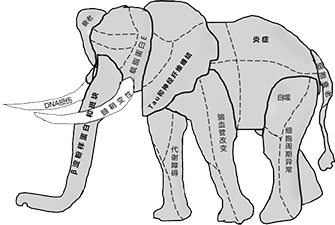

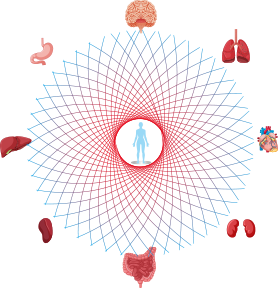
GV-971 systematically addresses the complex disease mechanisms of AD by targeting the brain-gut axis
Regulates the gut microbiota, and reduces the abnormal metabolites thereof
Reduces peripheral and central neuroinflammation
Inhibits Aβ aggregation and deposition in the brain
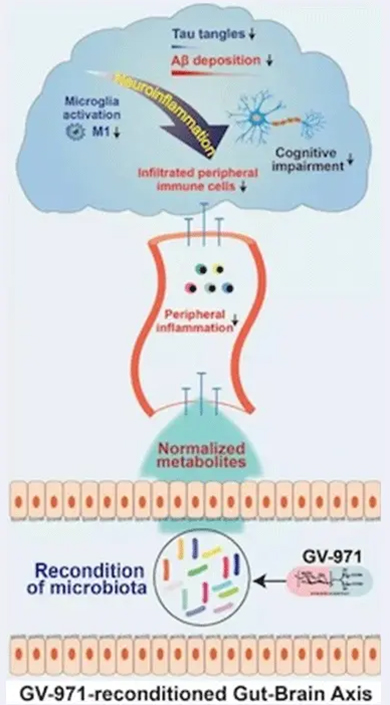
A disease-modifying drug for AD targeting brain-gut axis from a holistic view
2022 Alzheimer’s disease drug R&D pipeline2
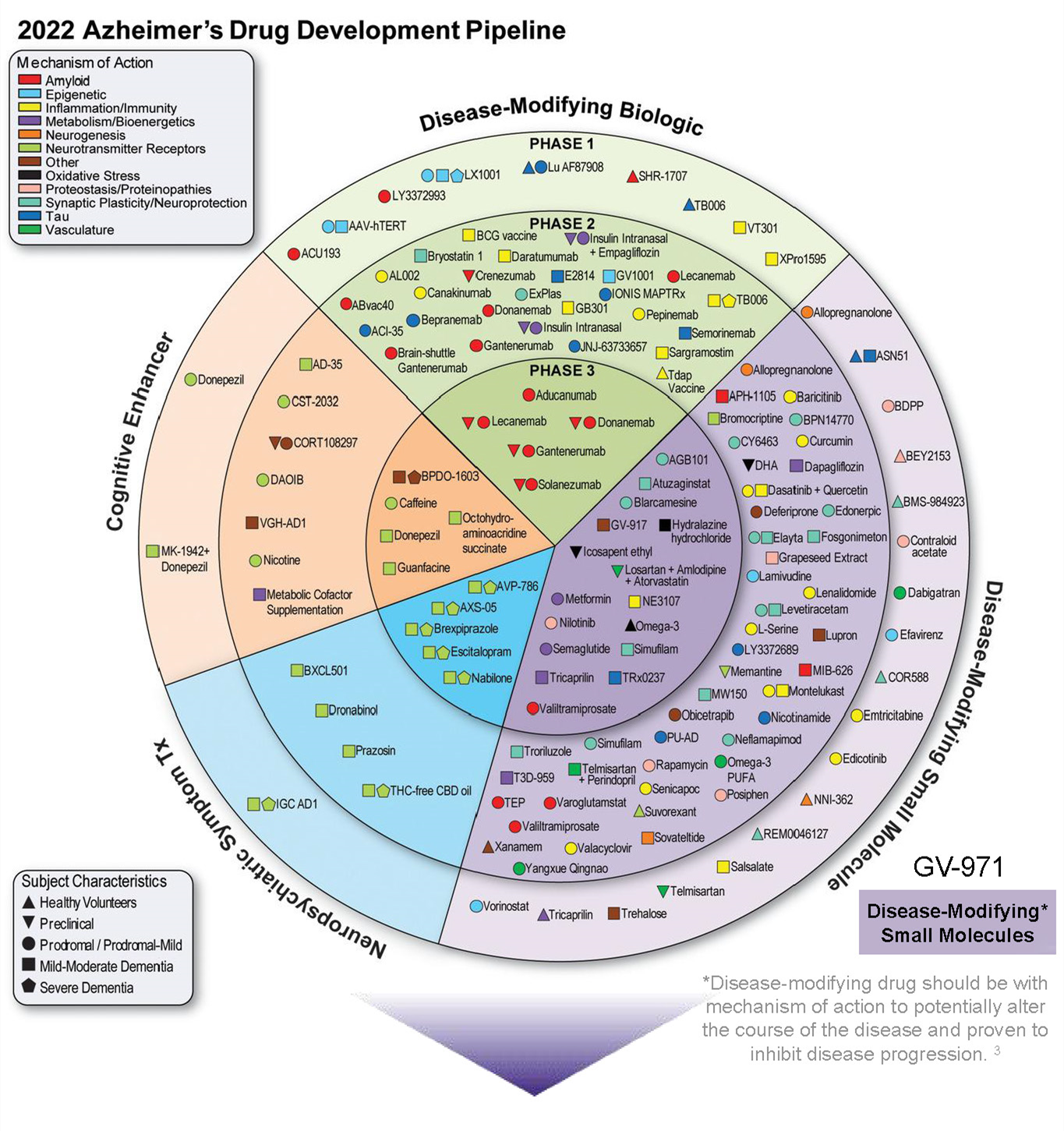
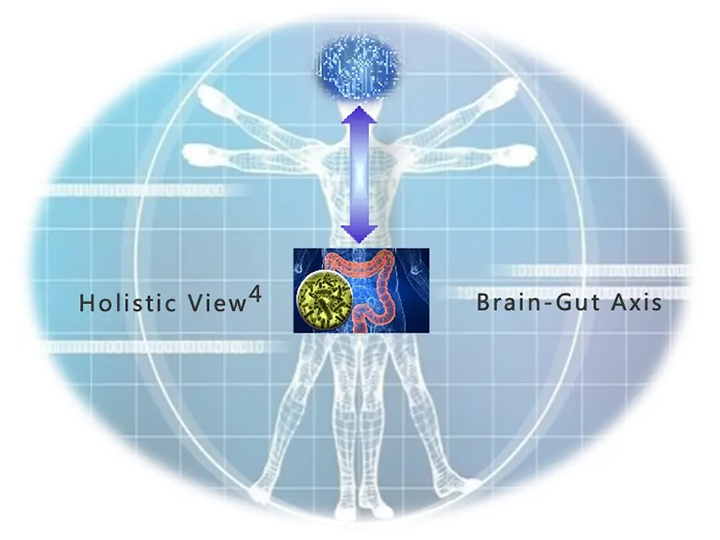
1. Tse K H , et al. Journal of Neurochemistry. 2017, 143:432-44.
2. Cummings J, et al. Alzheimers Dement (N Y). 2021;7(1):e12179.
3. Salloway S, et al. Alzheimers Dement. 2008;4(2):65-79.
4. Kaixian Chen. science news, 2020, No.566(05):91-92 [K Chen, Scientific News, 2020, No.566(05):91-92]
Sodium oligomannate therapeutically remodels gut microbiota and suppresses gut bacterial amino acids-shaped neuroinflammation to inhibit Alzheimer's disease progression
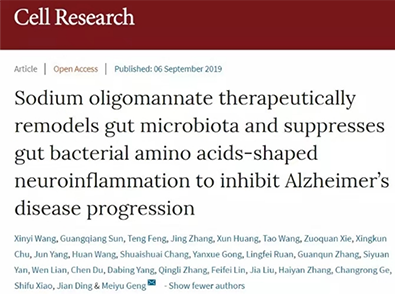
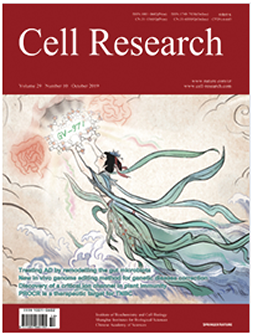


David M. Holtzman
Chairman of the Department of Neurology and Director of the Center for Advanced Medicine Memory Diagnostic Center/Hope Center for Neurological Disorders, Washington University School of Medicine in St. Louis
President of the American Neurological Association
"They show that GV-971 decreases Aβ-related pathologies by reconditioning the gut microbiota, providing further evidence that gut-targeted interventions may serve as novel strategies to tackle AD.
There is no question that this data further supports the emerging idea that modulation of the gut microbiome via treatments such as GV-971 or other strategies should be further explored as novel strategies to slow the progression of AD."





